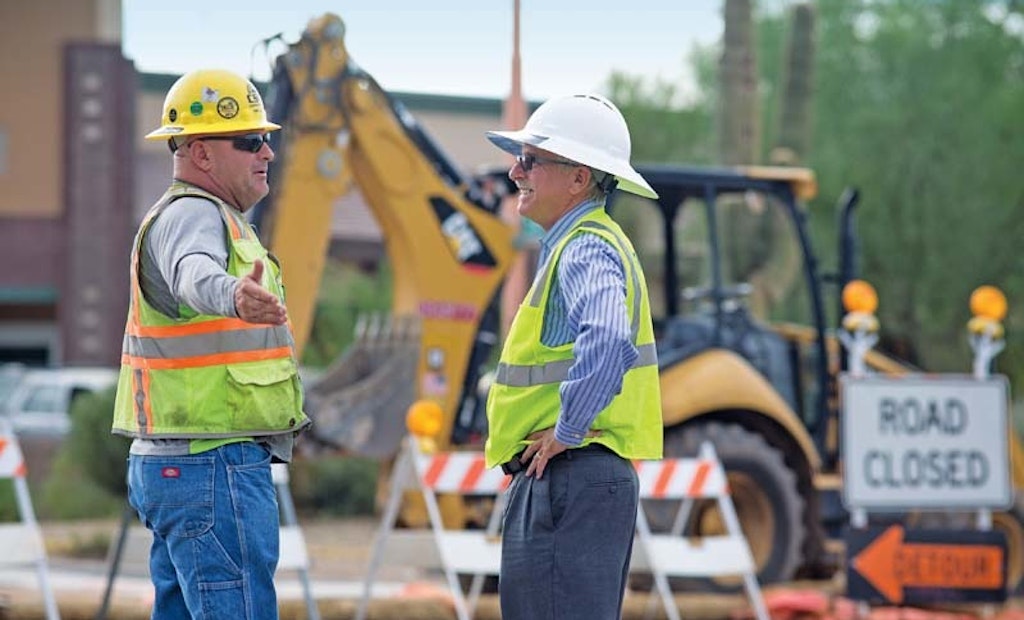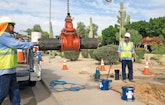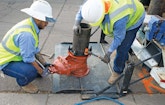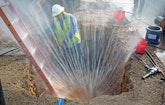
Updating 89,000 meters across a large service area with extremely variable terrain i isn’t a simple task.
The City of Scottsdale, Arizona’s municipal water utility, Scottsdale Water, is working hard to get its automated metering system program on track for success. The...










